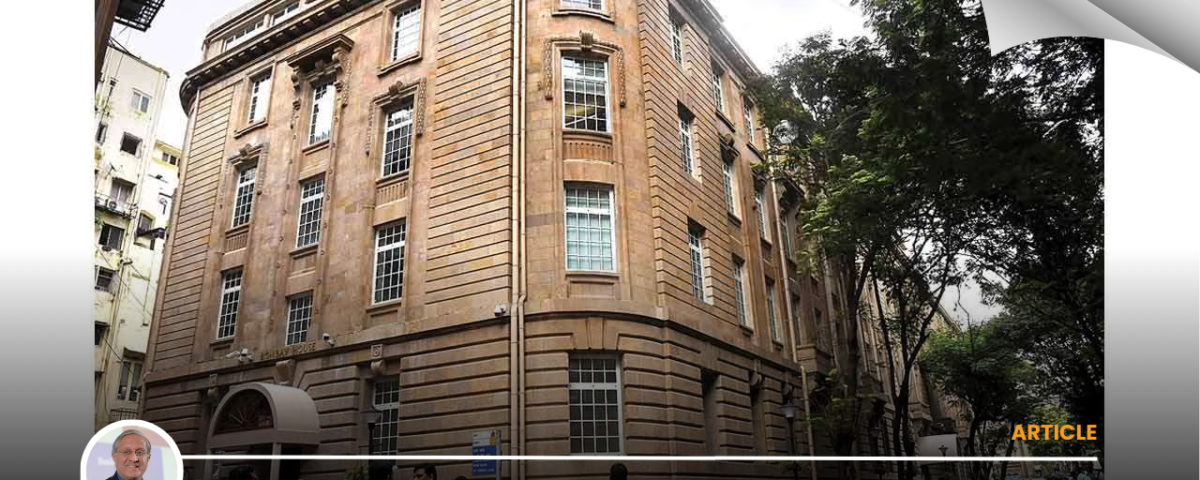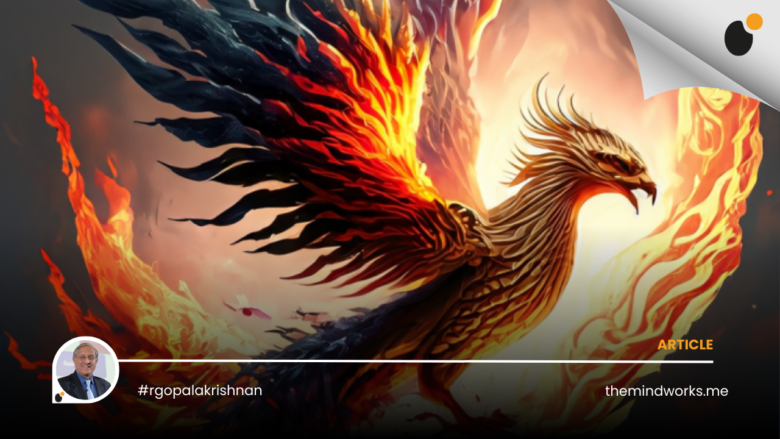(*The writer is a best-selling author and corporate advisor. He was Director of Tata Sons and Vice Chairman of Hindustan Unilever).
Email: rgopal@themindworks.me
It is particularly challenging to lead through turbulence. Last month, I shared how Hindustan Lever responded to the turbulence of the 1991 liberalization, highlighting two lessons–first, how the company leadership admitted its limitations and sought outside help and second, through deep self-reflection, how the leadership sought non-obvious answers to problems.
How did Tata respond to the same turbulence? This article highlights two lessons–how Tata approached the internal case for change and how leaders identified the levers of change.
Just a kilometer away from the HLL office in downtown Mumbai, a newly appointed corporate leader sat in his fourth-floor office at the eponymous Bombay House. On 23rd March 1991, patriarch JRD Tata had said to Ratan Tata, “I have decided to retire as chairman and to appoint you in my place as chairman of Tata Sons…..I have not decided the date because I have to consult Ajit Kerkar.” JRD clearly wanted the day to be an auspicious one, a nice example of tradition, woven with modernity!
Ratan Tata had started thinking about transforming the group’s operations long before liberalization. During the 1980s, Ratan Tata had scripted a blueprint for the group, with some assumptions about the economy and government policy. Now, strengthened with the mantle of leadership and faced with the turbulence of liberalization, Ratan Tata could explore implementation. Flagship companies, Tata Steel and Tata Motors, had suffered for decades during the license raj era with unjustifiable controls over production and pricing, mindless quotas for allocation of resources and severe restrictions on imports. Foreign exchange controls meant that companies had to struggle to convince officials while importing new machinery or deploying state-of-the-art technology; executives found it difficult to even travel abroad on business trips as there was a ceiling on the amount of foreign exchange that could be spent on a per diem basis.
The odds were loaded heavily against the Tata group. Although India’s number 1 group for many decades, Tata group was small by global standards; it lacked scale, and operated mainly in the domestic market, whereas its international rivals had the advantage of operations across the globe. It was involved in a bewildering assortment of industries, and lacked focus, thanks to the restrictive laws. Most of its revenues and profits were derived from commodity businesses; its own few brands—like Hamam and Lakme–were weak compared with global brands.
Bound by an older, slower style of functioning, the Tata group had considerable work ahead to face the fast-paced competition of the future. It was concerned about quality, but given the lack of customer orientation, a mark of the protected Indian industry in general, it had to do a lot more to match market-savvy rivals. And quality had yet to pervade all aspects of operations and strategizing.
Ratan Tata started a series of dinner meetings with his acquaintances at McKinsey. Through these discussions, his leadership team concluded that the group should be restructured (i) to become more competitive, (ii) to provide better returns to the shareholders, (iii) to be more nimble-footed or more proactive to the changing scene than it had been in the past. These meetings led to the preparation of a set of discussion papers for the Tata Sons board. The plan was to critically look at every company through a group mechanism which did not exist up until that point of time. It should be mentioned that the MRTP regulations had imposed burdens on the group concept over the previous two decades.
It was thus that the GEO (Group Executive Office) was born in 1998, which I joined from my perch as Vice Chairman of HLL. The intention was that the GEO would consist of a group of executive directors of Tata Sons who would have the responsibility of overseeing the performance of various operating companies. The GEO would also look critically at restructuring the group by way of mergers, acquisitions of our core businesses, as also divestments of companies that were in businesses which were not considered core or where the Tata market position was not predominant. Several of these ideas and concepts could be considered because of liberalization.
Ratan Tata’s first hard decision was on the Tata Oil Mills Company (TOMCO), which had built a detergents and soaps business for the group since 1923. TOMCO had been losing money for some years and it did not quite fit into the Tata view of its future. Soaps and detergents were, on the other hand, core to HLL. It was, therefore, an opportune moment for the two companies to ink a mutually beneficial agreement. The Tata decision to exit TOMCO and the HLL appetite to acquire it for growth went through the appropriate processes. TOMCO was acquired and merged into HLL.
The TOMCO sale was a dramatic development, unimaginable just a few years previously in the India of old. Not surprisingly, it emerged as the most newsworthy and sizeable acquisition of the time. There were difficulties galore: the regulatory formalities, getting the proposals passed through the respective boards, and resolving the legal aspects of the merger. It was a crucial turn in the HLL growth story, and just as crucial a step in the Tata divestment approach.
Ratan Tata faced so much criticism from within the group that, as he confessed later, he became hesitant to undertake further divestments. TOMCO’s managers received the HLL integration team with considerable suspicion, though the two learned to work collaboratively to consummate the deal. The HLL integration team was delighted when Ratan Tata expressed his appreciation of how the team handled the acquisition.
In two upcoming articles, I will interweave both companies’ responses in their further transformation after liberalization.



